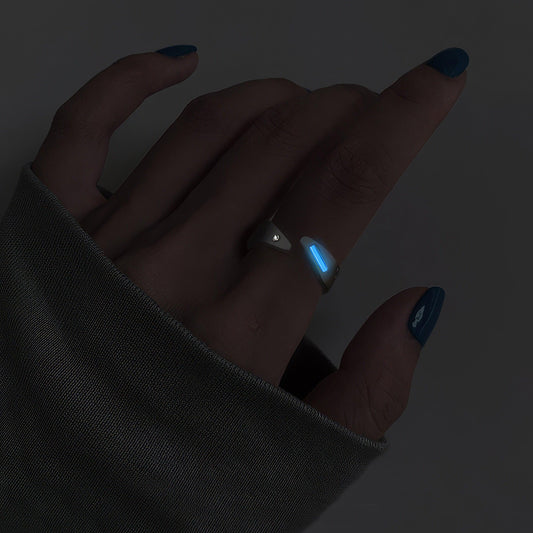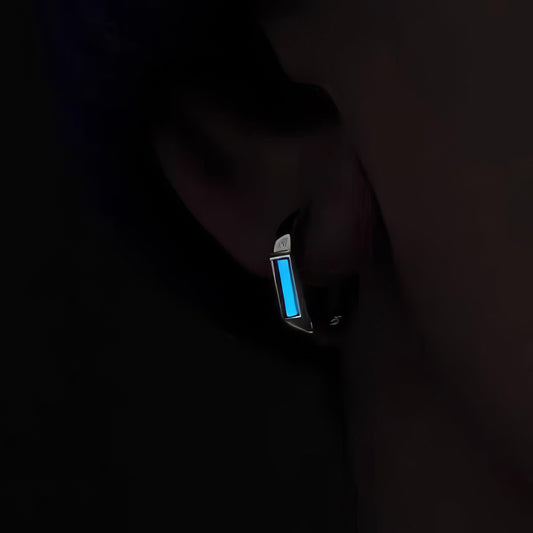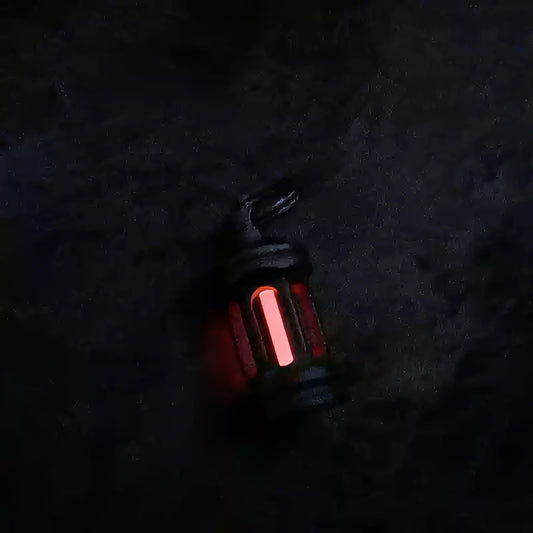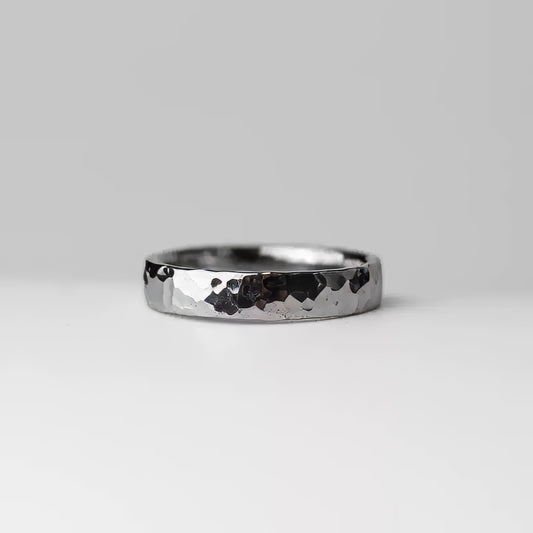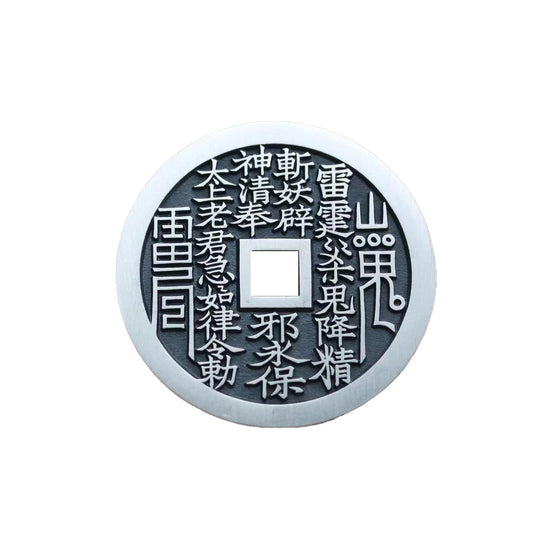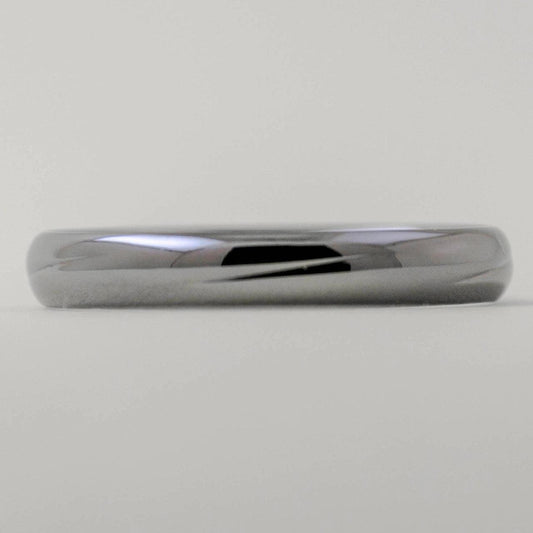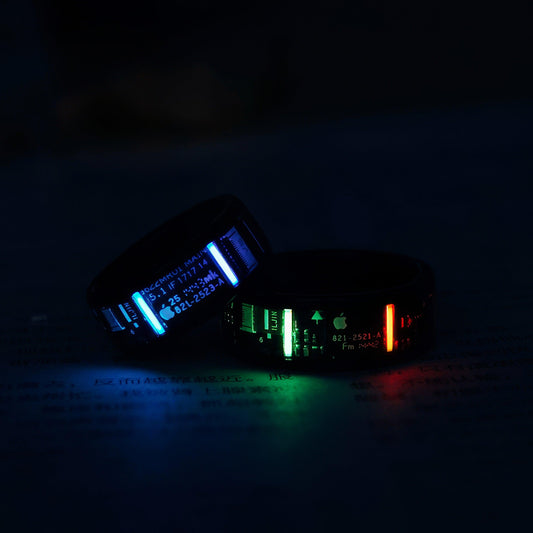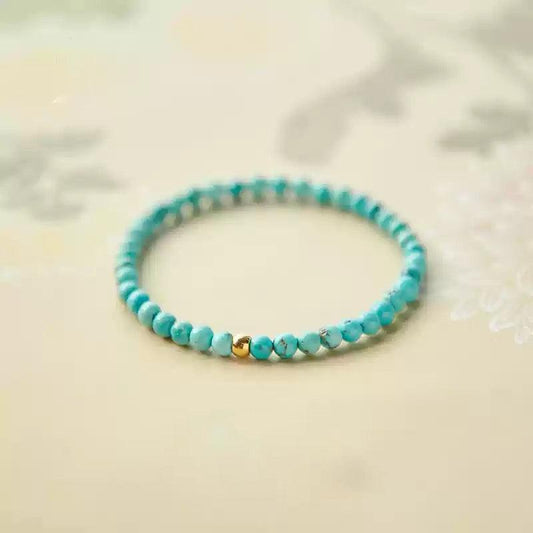Is Tritium Safe Examining the Glow-in-the-Dark Concerns
Is Tritium Safe Examining the Glow-in-the-Dark Concerns
A few years back, I found myself curiously examining a friend's glowing wristwatch under a dim restaurant light. That cool, almost ethereal glow was thanks to tritium—a radioactive isotope of hydrogen. It softly illuminated our dinner conversation. But something about it sparked another kind of conversation in my mind: Is this stuff even safe?
You see, tritium has a fascinating role in consumer goods, primarily for its ability to emit light in low-light environments without any external power source. It's not just in watches but also in things like exit signs and some types of gun sights. The fact that it’s radioactive often makes people uneasy, but it’s important to dig into the details before jumping to conclusions.
The science behind tritium is intriguing. It melds youthful fears of radioactivity with the practical glow of everyday items. Tritium is considered only weakly radioactive because it emits low-energy beta particles. These particles can be stopped by something as thin as a sheet of paper or even the outer layers of our skin. The real kicker is its half-life of about 12 years, meaning it does lose its glow over time, quite literally halving in brightness after 12 years.
But let’s address the elephant in the room: the safety concerns. The U.S. Environmental Protection Agency (EPA) considers tritium to be of low health risk when used properly. When encapsulated in glass vials, as it usually is in consumer goods, the chance of exposure is minimal. However, if those vials were to break and tritium was inhaled or ingested, it could pose a health risk, albeit limited compared to other radioactive materials.
My pursuit of these answers led me to a small but interesting personal revelation. I’ve always been a fan of night hiking, and I realized many of my trusty tools had a tritium glow about them. It’s their reliability and persistent light that makes them ideal for the outdoors. Here’s the thing: while I would never trade these tools for anything else during my nocturnal adventures, understanding the risks—even if minimal—added a layer of responsibility to how I handle them.
Cultural perceptions of safety often depend as much on science as they do on how much we trust that science. Tritium, for instance, is far less of a boogeyman once you peel back the layers of technical jargon and get to the roots of its application and limitations.
So, should you ditch your tritium-lit items? Not necessarily. But like any tool or device, understanding how it works and how to use it safely is crucial. Whether it’s the gentle glow of your watch guiding you through a dimly lit corridor or a hiking trip equipped with glowing markers, tritium’s contribution is subtle yet not to be taken lightly. It’s another one of those things that, once understood, allows for a more informed and, dare I say, enlightened decision on its use.
